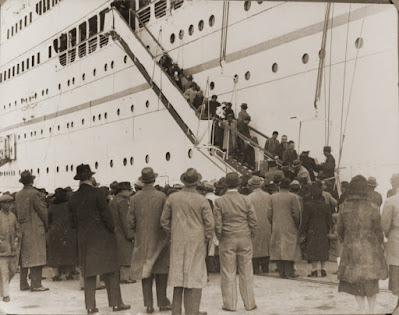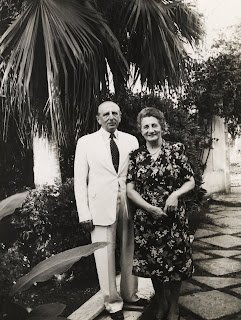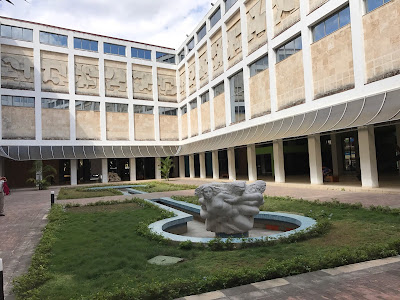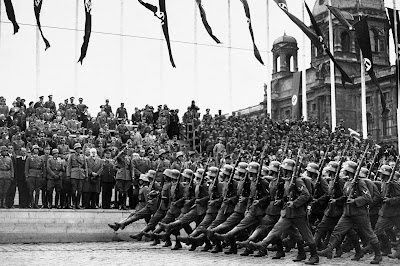courtesy Worcester Historical Museum
Ask people what the city of
Worcester is known for, and responses will likely run the gamut, from Harvey
Ball’s yellow Smiley, to the city’s music scene, to its industrial roots. In the mid-19th century, the city also emerged as a
manufacturing hub for commercial valentines, beginning with the entrepreneurial
initiative of Esther Howland (1828-1904), the Mount Holyoke College-educated
daughter of a local stationer.
Howland is a storied figure, and verified accounts of her life can be difficult to extract from local lore. Various stories agree that she saw imported lace valentines from England in the 1840s, and through her father’s business, was able to fabricate her own valentines using imported lace, lithographed decals, and other products. The valentines that she assembled were intricate and quickly became popular.
collage of paperswith embossment, gold leaf, paint, and
chromolithograph, courtesy Worcester Historical Museum
Howland was an innovative
valentine-maker, who used paper “springs” to create three-dimensional layered valentines
that she referred to as “lift-ups.” She also inserted colorful paper “wafers”
under the lace top, to add pops of bright color. What is perhaps most
remarkable is that Howland implemented an assembly system, in which the women
who worked for her each tackled one task in the multi-step production of her
elegant valentines.
Worcester proudly claims Howland as the first maker of commercial valentines in the area, although Grafton, Worcester’s next-door neighbor, boasts that their own commercial valentine-maker, Jotham W. Taft (1816-1909). Taft’s valentines can be more difficult to identify than Howland’s, because his Quaker parents disapproved of signing one’s own work. Howland and Taft’s accomplishments were roughly simultaneous, and in 1879, Howland formed the New England Valentine Company with Edward Taft, Jotham’s son.
collage of papers with embossment, gold leaf, chromolithograph,
and paint, Courtesy Worcester Historical Museum
Worcester Historical Museum
Another legendary
Worcester valentine manufacturer was the Whitney Valentine Company, founded
when George C. Whitney (1842-1915) joined his family’s stationary business in
1863. This family-run business grew by leaps and bounds in the late 19th
century, with Whitney buying out smaller greeting card manufacturers and their
stock from around the east coast. In 1881, they absorbed Howland and Taft’s New
England Valentine Company. The Whitney Company also began to print their own base
designs (rather than assembling valentines from sourced materials as Howland
and Taft had done), which greatly increased their scale of production.
20th-century Whitney valentines are recognizable through the style of children
featured on them, which collectors refer to as “Campbell’s Soup Kids” due to
their stylistic similarity to the advertising mascots designed by Grace Drayton
in 1904, and they can be positively identified through the “Whitney Made” logo
that was stamped on the back.
In preparation for the exhibition LoveStories from the National Portrait Gallery, London (November 13, 2021 –
March 13, 2022), the curatorial staff at the Worcester Art Museum realized that
we wanted to incorporate this important local history into the gallery of great
British portraits and famous love stories. While there are no Worcester
valentines in the WAM’s collection, a generous loan from the Worcester
Historical Museum allows us to host two rotations of historic valentines in a
special case within the exhibition. There you will see beautiful examples of
valentines by Howland, Taft, the New England Valentine Company, and the Whitney
Valentine Company—love, from the Heart of the Commonwealth.
Sources
- Kerr, Joan P. “The Amorous Art of Esther Howland.” American Heritage Magazine. February 1982.
- Kreider, Katherine. Valentines With Values. Atglen, PA: Schiffer Publishing Ltd., 1996.
- Lee, Ruth Webb. A History of Valentines. New York, NY and London: The Studio Publications, Inc. in association with Thomas Y. Crowell Company, 1952.
- Nutt, Charles. History of Worcester and Its People. Volume 3. New York, NY: Lewis Historical Publishing Company, 1919.
Special thanks for the expertise of the Worcester
Historical Museum, especially Wendy Essery, Library and Archive Manager, and
William D. Wallace, Executive Director, and for the teaching resources they so
graciously provided.



































